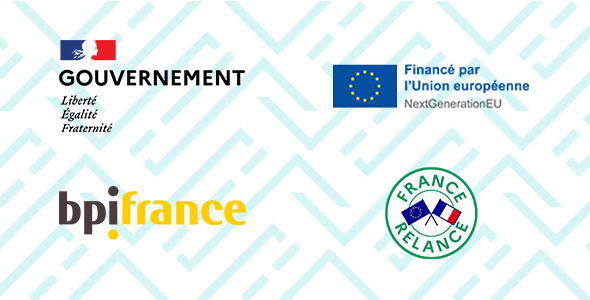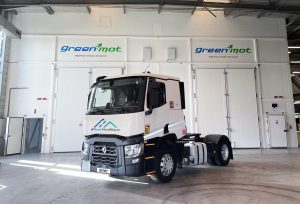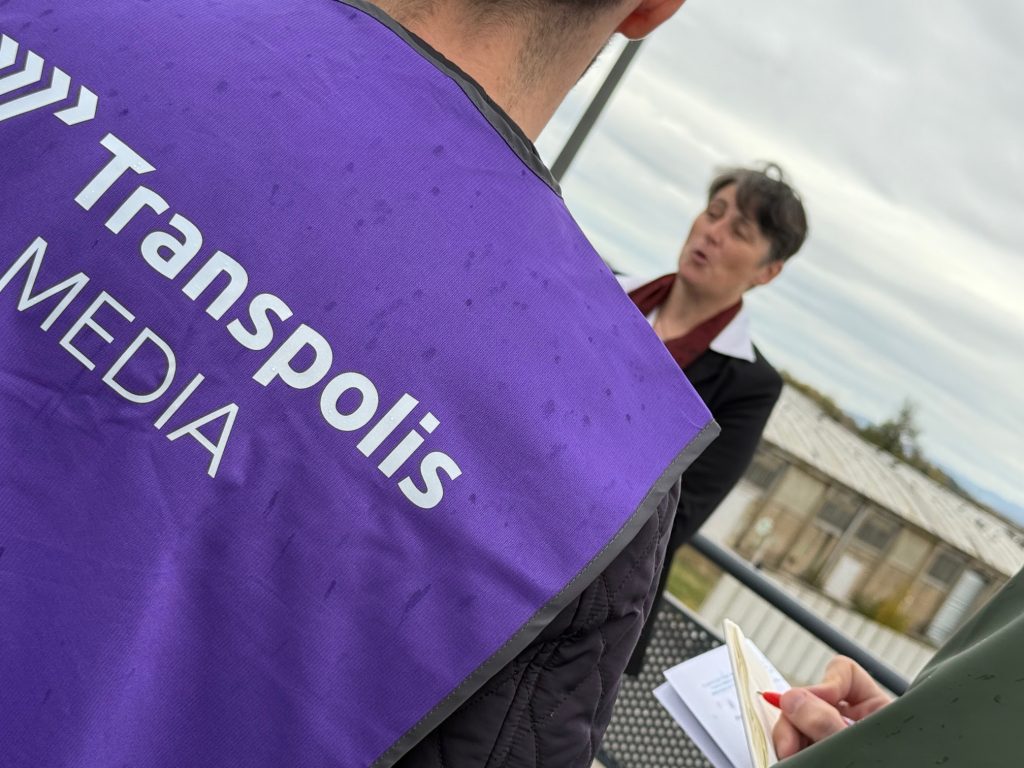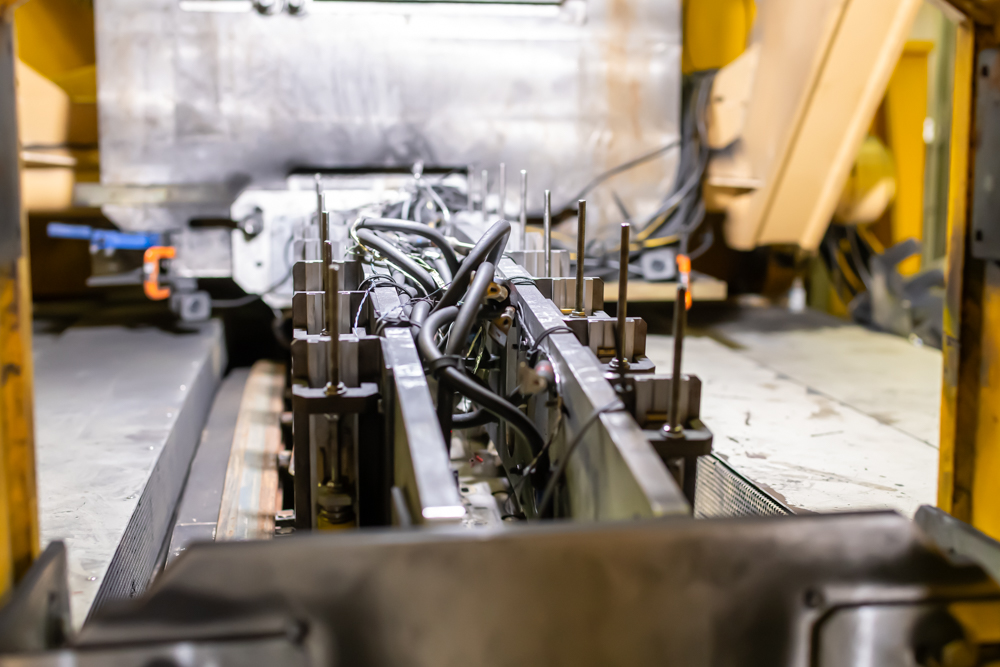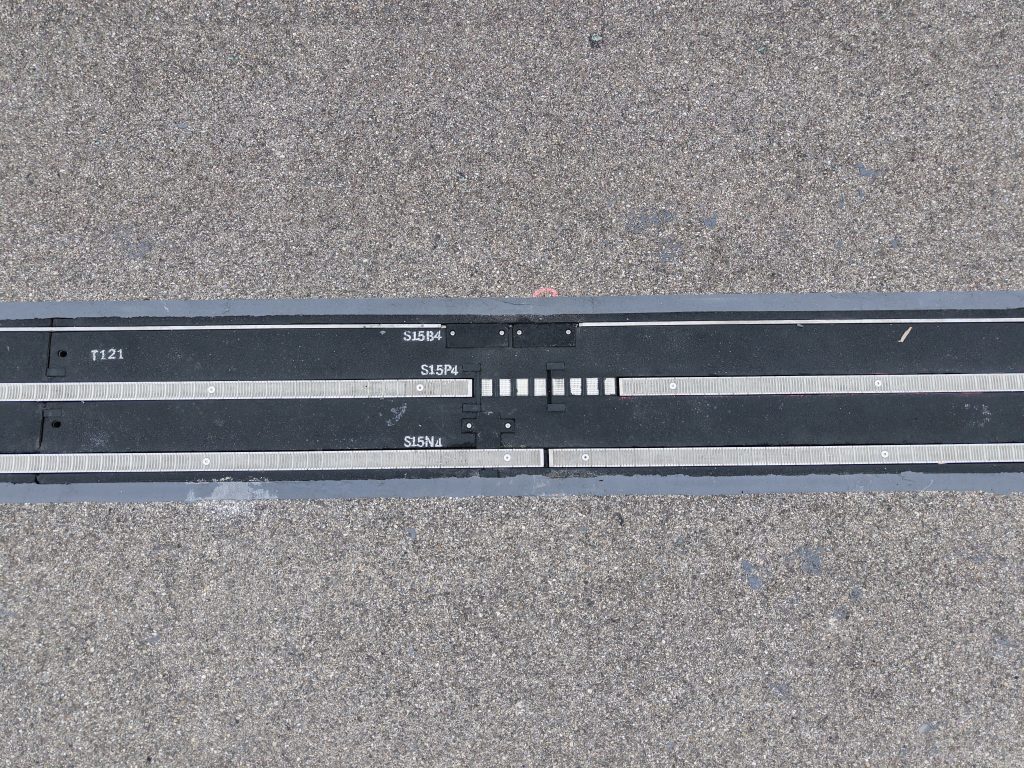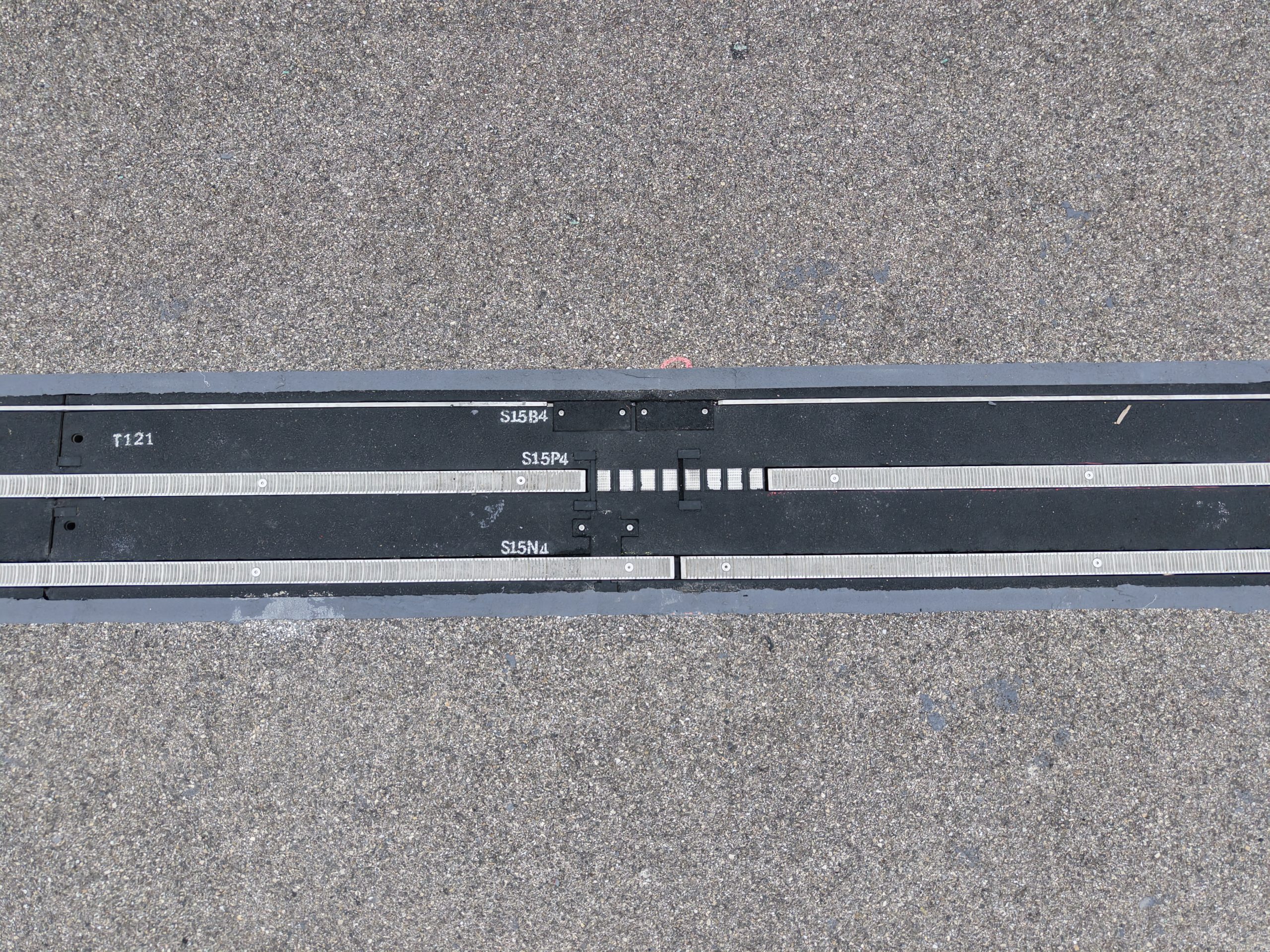A distinguished project
With a view to demonstrating the capability of Alstom’s APS technology, this ambitious project aims to develop an electric road system to decarbonise long-distance road mobility in France and even in Europe, by 2030.
The eRoadMontBlanc project won the France 2030 call for projects on “Automated road mobility, connected and low-carbon service infrastructure”. The project is intended to provide a practical solution for mass decarbonisation of road transport using the Electric Road System (ERS).
This technology, identified by the French Ministry for Ecological Transition and Regional Cohesion in a study published in 2021, is shifting the paradigm of electric transport by enabling vehicles to be powered and recharged while they are in motion.
The principle of the eRoadMontBlanc project is based on a ground-level power supply system (French: alimentation par le sol – APS). This technology was developed by Alstom for trams over 20 years ago and will be adapted for road use. A conductive rail, inserted into the carriageway flush with the ground, collects the current under the vehicle using an articulated arm fitted with friction pads that rest on the conductive segment.
Designing innovative vehicles
A number of vehicles will be tested to demonstrate the capabilities offered by this solution: commercial vehicles, trucks and coaches.
Pronergy is responsible for developing the operation of the retractable current collector that can collect energy in the infrastructure to power all types of vehicles, and will integrate it into commercial vehicles.
Greenmot is converting a 44-tonne truck and a coach into zero-emission vehicles, retrofitted from a diesel engine to an electric motor, fitted with the appropriate electrical architecture to collect the current. Greenmot will also be responsible for integrating the retractable current collector on these two vehicles.
Key benefits of the eRoadMontBlanc project
Users will enjoy unrestricted freedom of movement. There will be no need to stop at network’s electric charging points to recharge their vehicles. Through reliable technology, journeys can be completed in the same timeframe as currently.
Reduced greenhouse gas emissions
This technology significantly reduces emissions compared with other energy carriers and other technologies, over the entire lifecycle of a vehicle.
Easier energy storage
The ERS makes it possible to reduce the number and size of onboard batteries, thereby reducing the impacts of extracting metal resources.
Reduced electricity peak loads
The principle of continuous power supply means that many vehicles do not have to be recharged at the same time, thereby decreasing peak loads.
Interoperability
The principle of the power supply system can be adapted to all types of vehicles (cars, buses, vans, heavy goods vehicles, etc.).
A two-stage project
The eRoadMontBlanc project aims to demonstrate the operational and technical feasibility and sustainability of its system. It will run for four years and is divided into two main phases.
Phase 1
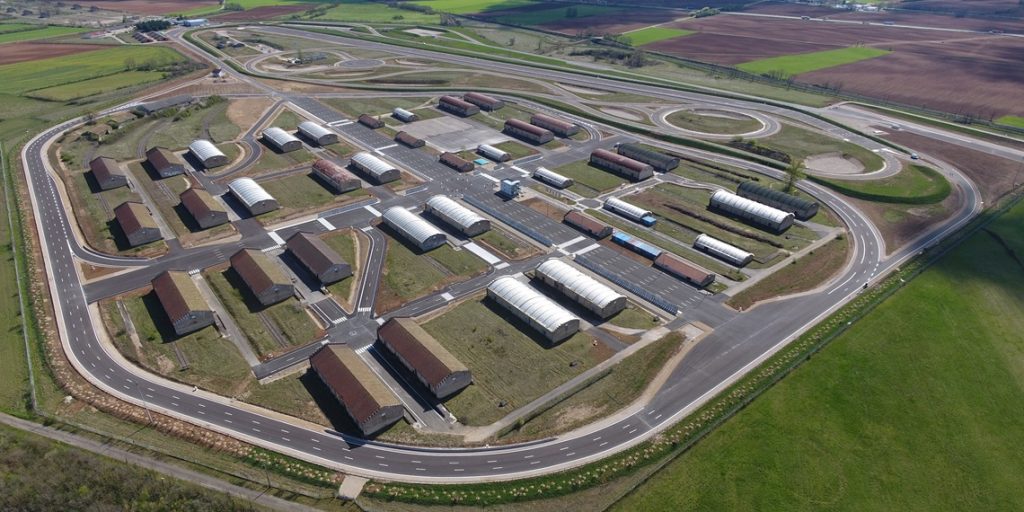
© Université Gustave Eiffel
Phase 1 of the project focuses on the creation of an operational demonstrator scheduled for late 2024 on the Transpolis testing platform. The tests are intended to validate the technologies implemented and guarantee the safety of the system and road users.
This phase of testing assesses how well the system works and its performance under a range of different conditions:
- Compatibility with winter conditions,
- Interoperability between various types of vehicles (commercial vehicles, trucks, etc.),
- Compatibility with specific road configurations (curves, high gradients, etc.),
- Flexibility of lateral collection,
- Contact energy transfer efficiency (≥ 97%),
- Power transfer of up to 500 kW (for heavy goods vehicles), enabling the vehicle to be powered and the batteries to be recharged at the same time.
Alongside this, the Université Gustave Eiffel is developing a digital twin to simulate the system, as a means of optimising the number of items of infrastructure to be deployed.
Phase 2

© ATMB
Phase 2 of the project involves transferring the experiment to the ATMB network by 2026/2027, with full-scale trials on one kilometre of the RN205 road, towards Chamonix and Italy, at the base of the Mont Blanc. The tests are intended to validate the principle of dynamic recharging and to meet motorway requirements in the areas of safety, sturdiness and maintainability, particularly in terms of winter serviceability.
The configuration of this phase will represent several world firsts. The first section of permanent electric road will be built and operated in a critical environment: 1,000 meters above sea level with an average gradient of 4%. The trials will also test interoperability with three types of vehicles: a commercial vehicle, a coach and a truck. The demonstrator on an open road will focus on the system’s reliability, with many journeys (over 200 per day) under real operating conditions that take existing traffic into consideration.
